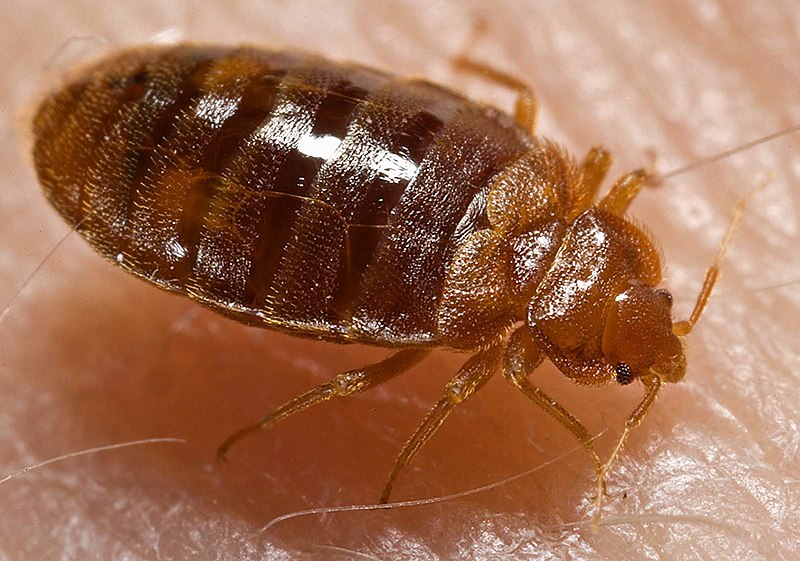ไฟล์:Bed bug, Cimex lectularius.jpg

ขนาดของตัวอย่างนี้: 800 × 561 พิกเซล ความละเอียดอื่น: 320 × 224 พิกเซล | 640 × 449 พิกเซล | 1,024 × 718 พิกเซล | 1,280 × 898 พิกเซล | 1,600 × 1,122 พิกเซล
ดูภาพที่มีความละเอียดสูงกว่า (1,600 × 1,122 พิกเซล, ขนาดไฟล์: 161 กิโลไบต์, ชนิดไมม์: image/jpeg)
ประวัติไฟล์
คลิกวันที่/เวลาเพื่อดูไฟล์ที่ปรากฏในขณะนั้น
| วันที่/เวลา | รูปย่อ | ขนาด | ผู้ใช้ | ความเห็น | |
|---|---|---|---|---|---|
| ปัจจุบัน | 21:11, 17 พฤษภาคม 2550 |  | 1,600 × 1,122 (161 กิโลไบต์) | Patho | == Summary == {{Information |Description=ID#: 9822 Description: This 2006 photograph depicted an oblique-dorsal view of a '''bed bug nymph, Cimex lectularius''', as it was in the process of ingesting a blood meal from the arm of a “voluntary” human h |
หน้าที่มีภาพนี้
ไม่มีหน้าใดโยงมาที่ภาพนี้
การใช้ไฟล์ข้ามโครงการ
วิกิอื่นต่อไปนี้ใช้ไฟล์นี้:
- การใช้บน af.wikipedia.org
- การใช้บน an.wikipedia.org
- การใช้บน ar.wikipedia.org
- การใช้บน arz.wikipedia.org
- การใช้บน ast.wikipedia.org
- การใช้บน azb.wikipedia.org
- การใช้บน be.wikipedia.org
- การใช้บน bg.wikipedia.org
- การใช้บน bjn.wikipedia.org
- การใช้บน bn.wikipedia.org
- การใช้บน bs.wikipedia.org
- การใช้บน ca.wikipedia.org
- การใช้บน ca.wiktionary.org
- การใช้บน ceb.wikipedia.org
- การใช้บน cs.wikipedia.org
- การใช้บน cv.wikipedia.org
- การใช้บน dag.wikipedia.org
- การใช้บน de.wikibooks.org
- การใช้บน din.wikipedia.org
- การใช้บน el.wikipedia.org
- การใช้บน eml.wikipedia.org
- การใช้บน en.wikipedia.org
- การใช้บน en.wikinews.org
- การใช้บน en.wiktionary.org
ดูการใช้ข้ามโครงการเพิ่มเติมของไฟล์นี้

